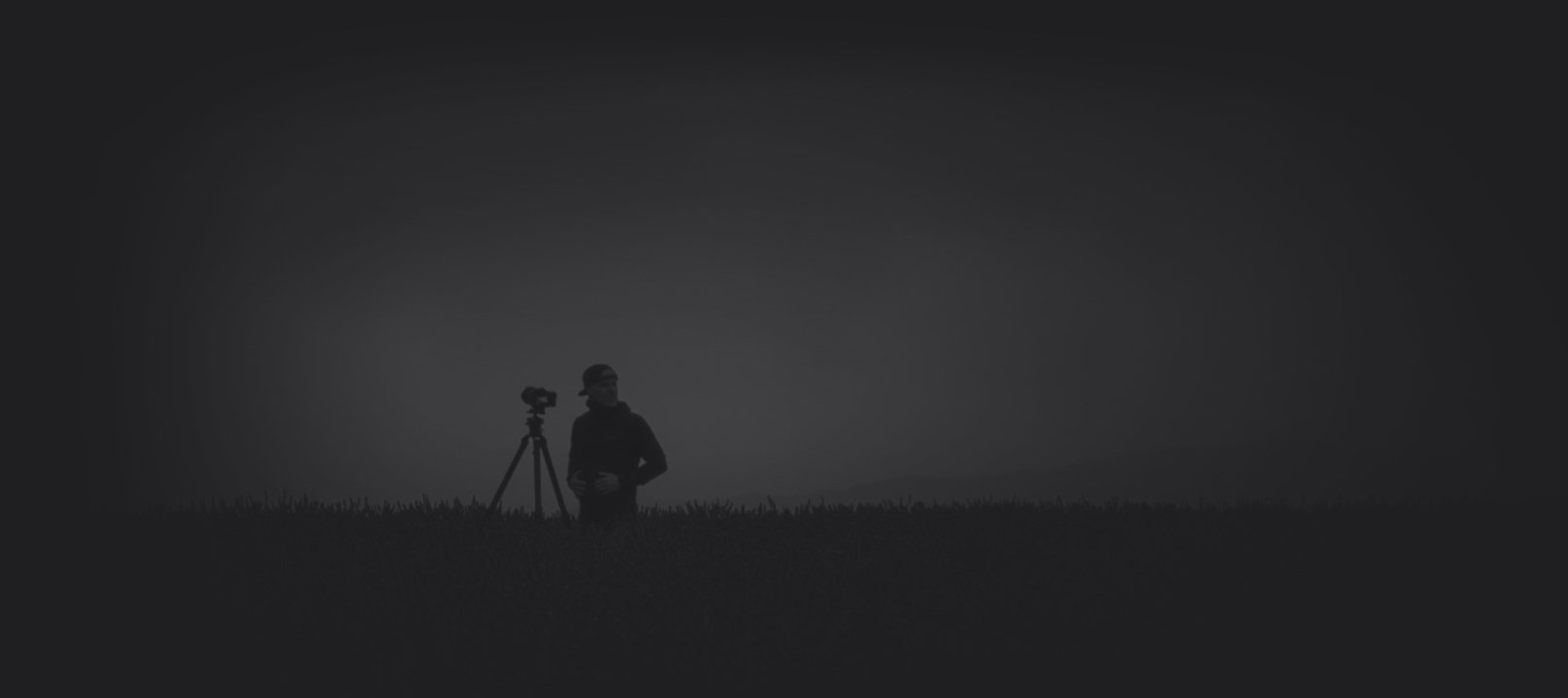Summary: Make your colorful wall art stand out by using contrast, complementary colors, strategic lighting, and thoughtful framing. Whether in a home or office, these expert interior design techniques ensure vibrant artwork captures attention and enhances the mood of your space.
- Use Contrast: Neutral or dark walls help colorful artwork pop.
- Complement Colors: Match artwork with your existing décor using the color wheel.
- Leverage Lighting: Spotlights or LED lighting enhance color saturation and texture.
- Choose the Right Frame: Floating, bold, or minimalist frames affect focus and impact.
- Let Art Speak: Create a visual focal point to evoke emotion and spark conversation.
Vibrant Fine Art Photography That Captures Emotion
Picture some of Peter Lik’s fine art photographs—Painted Mountain, Scarlet Veil, or Bella Vista. In terms of subject matter, these works couldn’t be more different. But they all share one powerful characteristic: the use of super-saturated color to captivate the viewer.
The vibrant hues in each composition effortlessly draw the eye into nature’s most awe-inspiring scenes, creating a lasting emotional connection.
Incorporating colorful wall art into your home or office is one of the most effective ways to elevate a space. With the right styling choices, your chosen artwork can truly transform the atmosphere—making bold pieces pop and allowing viewers to fully experience their emotional impact.
In this guide, we’ll share key tips for hanging and styling colorful wall art in living rooms, offices, or any space in between—so your saturated prints shine.
With Colorful Wall Art, Contrast Is Key
Peter Lik has long used contrast and color theory to amplify the visual power of his fine art photography. Color and light go hand in hand, and contrast helps tie them together—guiding the eye and setting the mood.
In photography, contrast refers to the visual distinction between the lightest and darkest areas.
In interior design, you can use contrast to ensure your colorful wall art becomes the focal point of the room.
Vibrant art stands out best on neutral walls—white, cream, gray, or muted tones create a clean backdrop that enhances color. But don’t be afraid of dark hues. Navy, charcoal, or deep green walls can provide dramatic contrast, making the brightest elements in a piece appear even more vivid.
Complement Colorful Wall Art, Don’t Compete with It
Another design strategy that helps bold artwork shine is through complementary colors. These are the hues directly opposite each other on the traditional color wheel—and when paired, they bring out the best in one another.
Before hanging colorful modern wall art, take a moment to review your current furnishings and accent pieces. Use a color wheel to find complementary shades that work with what’s already in your space.
For example, a green living room with natural earth tones would pair beautifully with a piece like Scarlet Veil or Morning Ember, where fiery red hues take center stage. A room featuring warm terracotta or clay accents would highlight the deep cobalt blues in Lillies of the Secret Waters or the tranquil tones of Greek Summer.
Already have your heart set on a particular piece? Consider painting a nearby accent wall in a complementary color to help the image draw attention the moment someone enters the room.
Enhance Emotional Impact with Light
Lighting plays a critical role in both photography and interior design. Just as Peter Lik uses natural light to sculpt his scenes, you can enhance the emotional impact of vibrant wall art with thoughtful lighting in your space.
Use spotlights, gallery lights, or LED track lights to accentuate color saturation and surface texture. The right gallery lighting can accentuate color saturation and texture, bringing out the detail in your print.
Adjustable lighting with color temperature control can even help bring out specific tones in the artwork—highlighting reds, blues, or golden tones to match your desired ambiance.
Think of it like stage lighting: when done right, it doesn’t just illuminate—it creates emotion. The same is true for bold wall art.
Choose a Frame That Highlights, Not Competes
Colorful wall art typically demands simpler frames and neutral matting. It allows the artwork to remain the focal point.
A well-chosen frame can either enhance the color and composition of your artwork or distract from it. When it comes to colorful wall art, simpler is often better—but not always.
Here are a few framing tips for fine art photography:
- Neutral Frames: Let the artwork’s vibrant colors take center stage.
- Colorful Frames: Can add visual impact when thoughtfully paired.
- Minimalist Frames: Ideal for abstract or color-rich compositions.
- Ornate Frames: Create contrast and add sophistication when used intentionally.
- Floating Frames: Provide clean lines and modern dimension without overpowering the image.
Whatever frame you choose, the goal is to enhance the art—not compete with it. A framing specialist can help recommend the perfect option to elevate your specific piece.
Let the Art Speak for Itself
When styled with intention, colorful wall art can completely transform a room. Whether you’re curating a gallery wall or spotlighting a single image, the key is to let the artwork speak for itself. A well-positioned piece becomes more than decoration—it becomes a statement.
At LIK Fine Art, our collection of vibrant, emotional fine art photography is designed to elevate your space. From soothing coastal scenes to dramatic landscapes ablaze with color, each piece is a celebration of nature, light, and emotion.
Explore the collection and discover how the right colorful wall art can create a powerful focal point, spark conversation, and leave a lasting impression.

